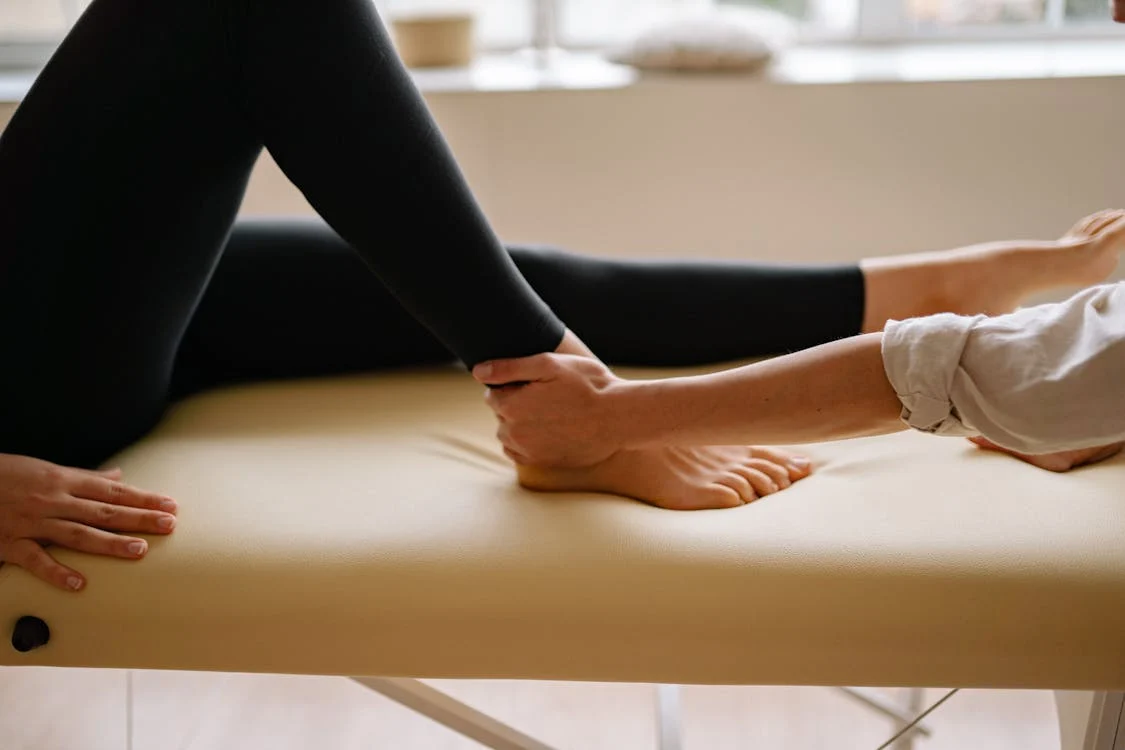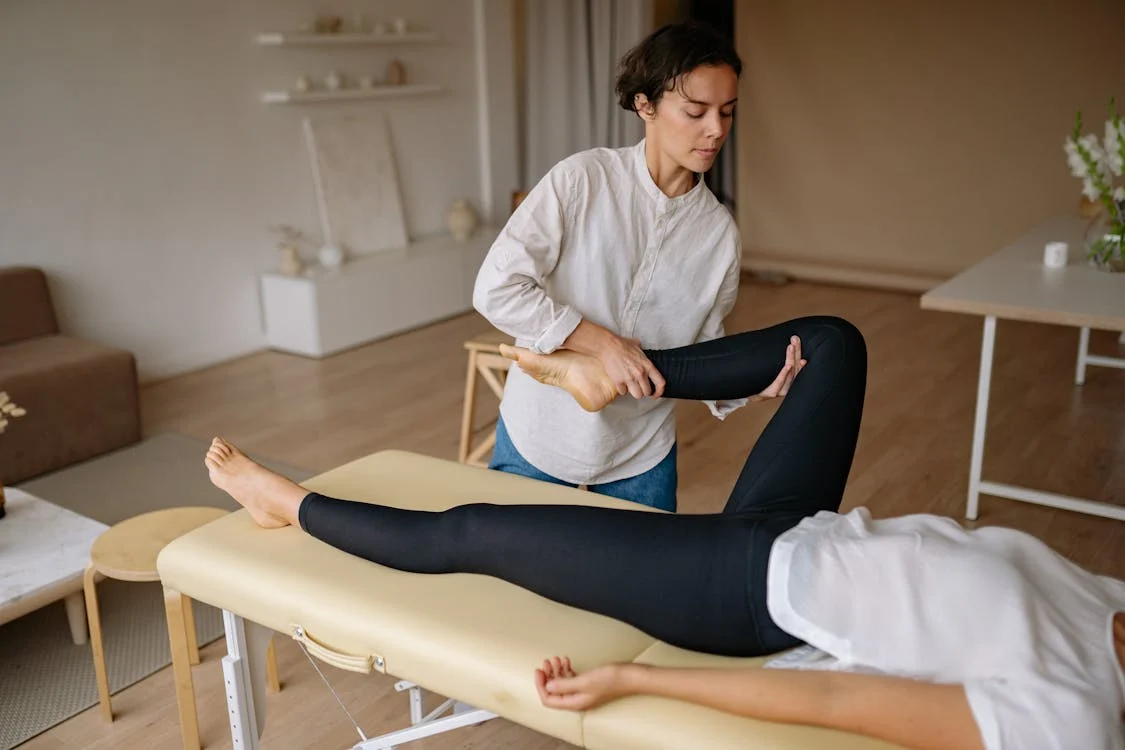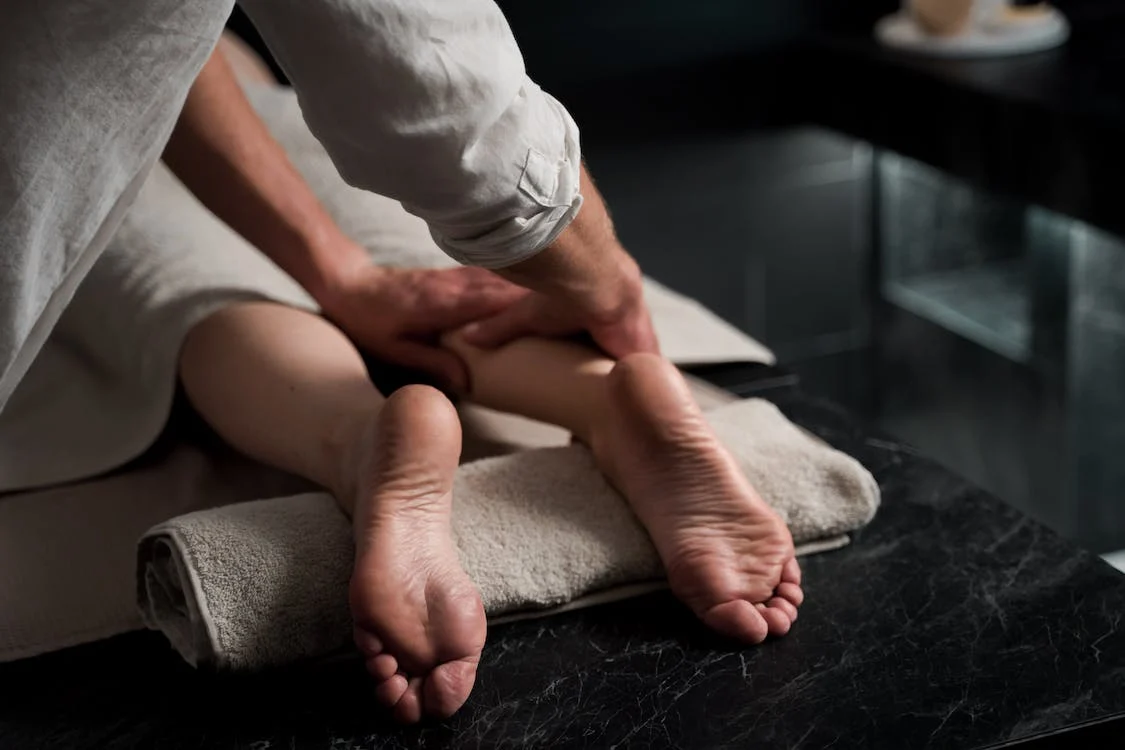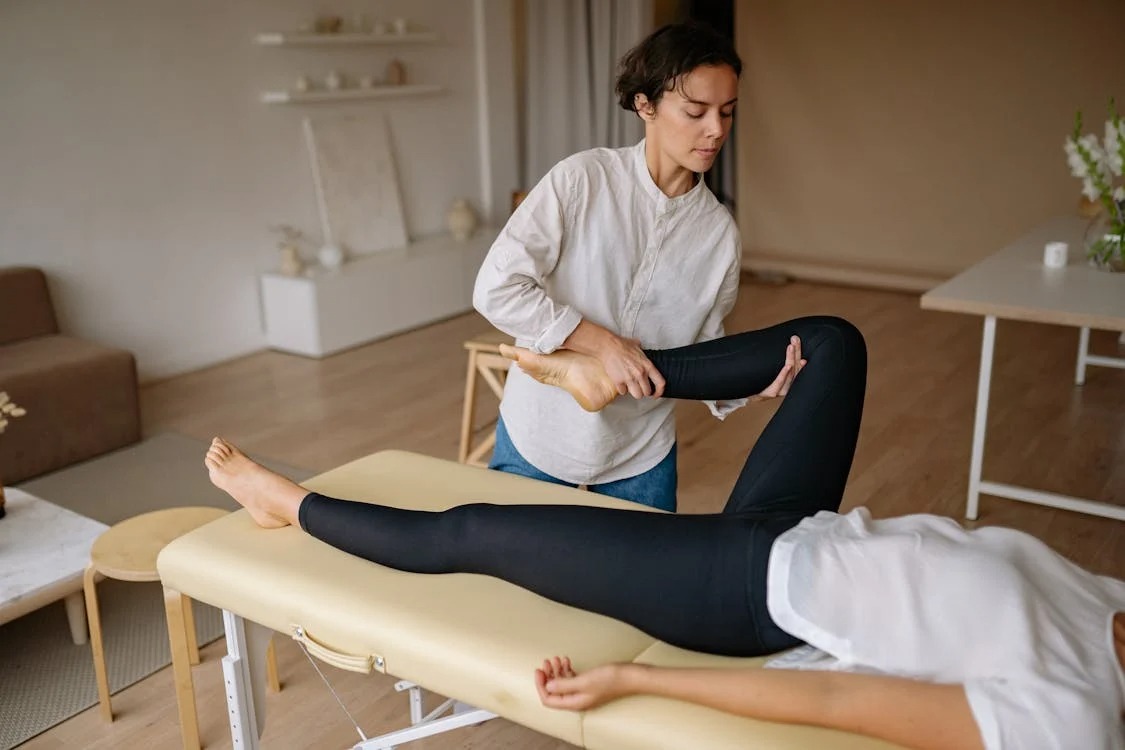Top 5 tips to manage heavy legs syndrome naturally
« Back to blog2025-12-20

At least once in a while, many people experience a feeling of fatigue, aching, or swelling in their legs. This sensation is known as heavy legs syndrome and below are some natural tips to help manage it naturally and effectively. One such solution includes the use of massage chairs, which can help promote circulation, relieve muscle tension, and reduce discomfort, offering a convenient at-home option for managing this issue, but more remedies are discussed below.
What is heavy legs syndrome
Heavy legs syndrome, also known as "leg heaviness" or "poor circulation," is a common condition that leads to a feeling of fatigue, aching, or swelling in the legs. This sensation can vary from a mild discomfort to a more severe one, and it often affects those who spend long hours sitting or standing. While it’s not typically a serious medical condition, managing it naturally can improve your comfort and quality of life.
Common causes and symptoms
Several factors contribute to this, including sitting or standing for long periods, which can impede the normal flow of blood. Other causes include hormonal changes, obesity, and a sedentary lifestyle. Symptoms of heavy legs syndrome include a feeling of tiredness, aching, or even swelling in the legs, particularly after prolonged activity or immobility. In more severe cases, the condition can cause numbness, tingling, and even cramps in the legs.
Tips to manage heavy legs syndrome naturally
There are several natural ways to manage and alleviate the discomfort caused by heavy legs syndrome. Here are some helpful tips:
Elevate your legs regularly
Elevating your legs above the level of your heart helps improve circulation by encouraging the return of blood to the upper body. Doing this for 15-20 minutes a few times a day can reduce swelling and discomfort. It’s especially beneficial at the end of the day when the legs have been under strain for hours.
Avoid prolonged sitting or standing
Remaining in one position for long periods can contribute to poor circulation and increase the sensation of heaviness in the legs. If you have a job that requires sitting for extended periods, try to take short breaks every 30-60 minutes to stand and move around. Conversely, if you're standing for a long time, shift your weight between legs and take breaks to walk or stretch.
Wear supportive shoes
Wearing shoes with good arch support and proper cushioning can make a significant difference in managing heavy legs syndrome. Avoid high heels or shoes that are too tight, as these can impede circulation and exacerbate symptoms. Look for footwear designed to reduce pressure on the feet and legs while providing adequate support for daily activities.
Dietary adjustments to promote healthy blood flow
What you eat can play a role in managing heavy legs syndrome. Incorporating foods that promote circulation, such as those rich in omega-3 fatty acids (like fish), antioxidants (found in fruits and vegetables), and flavonoids (found in citrus fruits and berries), can support better blood flow. Staying hydrated is also important, as dehydration can worsen swelling and discomfort.
Stay active to boost circulation
Regular physical activity is essential for improving circulation and reducing the symptoms of heavy legs syndrome. Activities like walking, swimming, or cycling help stimulate blood flow and strengthen the muscles in the legs, reducing the feeling of heaviness. Aim for at least 30 minutes of moderate exercise most days of the week to support circulation and overall leg health.

The role of massage in relieving heavy legs syndrome
Massage therapy is a powerful tool in managing heavy legs syndrome. By targeting areas where circulation is poor, massage helps to promote blood flow, reduce muscle tension, and alleviate swelling. Regular massage sessions can significantly ease the discomfort of heavy legs by improving circulation and encouraging the movement of lymphatic fluid.
Best types of massage for heavy legs
There are several types of massage techniques that are particularly effective for relieving the symptoms of heavy legs syndrome. Each of these methods works by targeting different areas of the body to boost circulation and reduce discomfort:
Lymphatic drainage massage
This technique focuses on stimulating the lymphatic system, which helps remove waste and excess fluids from the body. By applying gentle pressure to the legs, lymphatic drainage massage encourages the movement of lymphatic fluid, which can reduce swelling and the sensation of heaviness. It’s especially helpful for those who experience fluid retention as part of their heavy legs syndrome.
Deep tissue massage
Deep tissue massage targets the deeper layers of muscle and connective tissue. This technique is beneficial for relieving muscle tightness and improving blood flow, especially in the lower legs and thighs. By breaking up tension and promoting relaxation, deep tissue massage can help alleviate the aching and discomfort associated with heavy legs syndrome.
Reflexology massage
Reflexology focuses on applying pressure to specific points on the feet, hands, or ears that correspond to other areas of the body. For heavy legs syndrome, reflexology chairs can help relieve pressure in the lower extremities, reduce tension, and stimulate the body's natural healing processes. Reflexology helps balance the body's energy flow, which can lead to improved circulation and reduced leg fatigue.
Managing heavy legs syndrome naturally involves a combination of lifestyle changes, physical activity, and self-care practices aimed at improving circulation and reducing discomfort.














